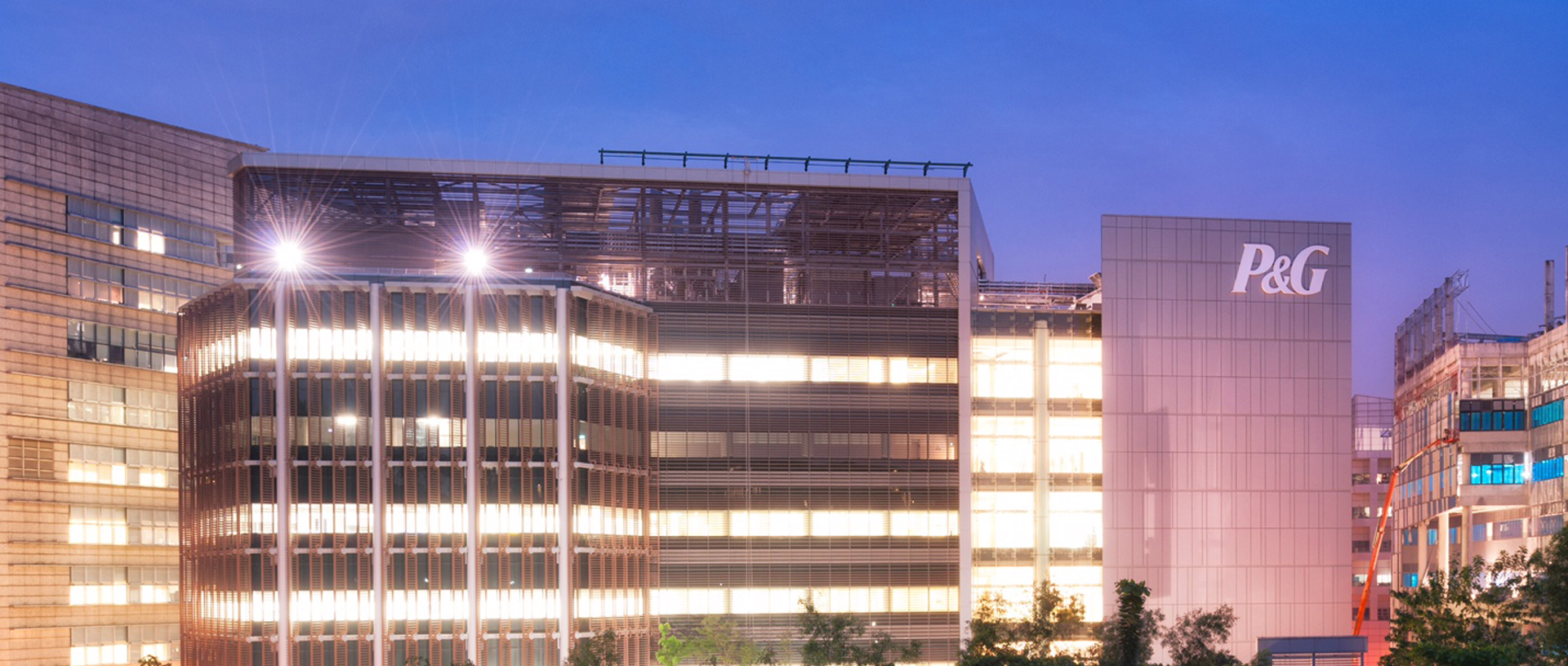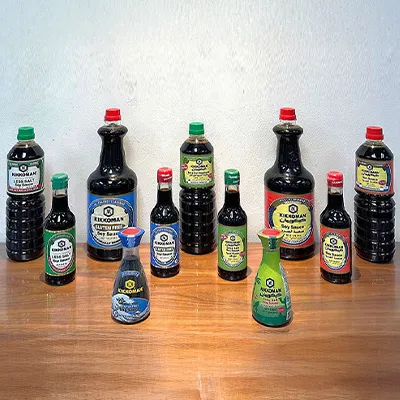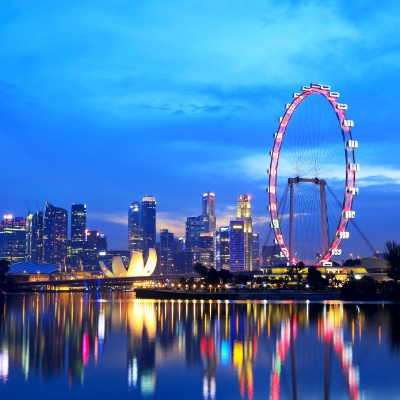Mr. William Gipson, Senior Vice President at Procter & Gamble (P&G) has a simple way of measuring innovation.
Not by the number of patents or products created but by using the human senses – seeing, smelling and listening to people working together to produce something new and exciting.
"There is a hum; have you heard of the smell of a place? Well, there is a sound of a place as well, when it comes down to innovation," says Mr. Gipson, who is in-charge of the company's three innovation centres in Asia.
"This place (P&G's Innovation Centre in Singapore) just simply has that. And you will want to be a part of it. It's infectious."
The Singapore Innovation Centre (SGIC), opened in 2014, is Singapore's largest private research facility and a leading example of the kind of world-class research that takes place in Singapore.
The centre engages in research across over 18 fields of study, ranging from engineering to material science and biochemistry. Leading edge equipment and experimentation are humming across 32,000 square metres – roughly five football fields – in the six-floor building that is equipped with state-of-the-art facilities.
But more importantly, the facility houses some of the best and brightest in the field, with talent drawn from all over the world that the company sees as critical to its innovation drive. Every day, some 500 researchers, scientists, engineers and support staff work, test, refine and create new products for one of the world's largest consumer companies, generating an unmistakable buzz in the air.
"They are curious, they constantly want to work. Their connection with their universities and their professors also helps us a lot. Just the energy level they bring is amazing," adds Mr. Gipson.
The SGIC is a key node for the research and development of new products for P&G. In fact, Mr. Gipson notes that it is responsible for some the company's newest and best-selling products.
The 3 Minute Miracle Conditioner under the Pantene brand was formulated in Singapore. It has gone on to become a top seller in its category. All P&G's conditioners are developed in Singapore for the global market.
"The 3 Minute Miracle is an example of how we put our brains and minds to understanding consumers and their needs here," he explains.
Another was the premium skin-care SK-II Masterpiece. It was also entirely developed at the SGIC from start to end.
These are just two examples of the kind of innovation that works for P&G – one that brings value to its customers, adds Mr. Gipson.
The LITE factors
Last year, P&G spent about US$2 billion on research and development alone, more than any of its competitors. The bulk of the company's research gets done in some 17 Innovation Centres around the world. There are three of such centres in Asia alone – Singapore, Beijing and Kobe.
Mr. Gipson says that the decision to house its newest Asian innovation hub in Singapore was based on four factors, or LITE – Location, Infrastructure, Talent and Ecosystem.
First, the location. Singapore sits in the heart of Asia Pacific, a key market for the consumer giant. Or as he puts it, "it's just really in a nice spot."
"It is a centrally located place where we could get to the rest of APAC quite easily," he adds.
Location is also important because the company can do more detailed research to understand the needs of the Asian consumer better. This is critical because, for instance, research has found that hair in Asia tends to be thicker than in North America. Hair conditioners, in this case, have to suit each market’s specific preferences.
Second, infrastructure. Singapore's world-class infrastructure – from its airport to its Internet connectivity – makes it easy for the company's executives to get around and connect with its regional offices.
"It's a small thing but the idea of being able to get off the plane and, by the time you get to the carousel, get your luggage, it's there. It's the only place in the world that I've seen that happen," he observes.
Third is talent, or the access to it. For Mr. Gipson, this is the most important part of why P&G chose Singapore.
Talent, he says, is fundamental to the company. It wants to be able to tap talent from all around the world, including the region.
"We want to be in a place where we can source from around Asia. Singapore has an ability to attract talent from anywhere in Asia and that is a huge advantage for us," he explains.
But he also cautioned that Singapore will need to remain open, especially to foreign talent.
"We need to make sure that Singapore continues to make it okay for us to attract the best and the brightest talent from around Asia", he says, adding that access to talent is a critical part of its decision to house its innovation activities in Singapore.
"So the promise of being here is that we will attract talent from around the region. We need to make sure that we are doing everything we can do, within our understanding, to enable that to be the case."
The Government remains a strong partner to P&G especially in helping to support the growth of research and development here.
Fourth, the blossoming research and development ecosystem that the Government has sought to nurture.
There is a strong network of companies and universities that is deeply engaged in R&D activities, a community that the company is strongly connected with, says Mr. Gipson.
In fact, as much as half of P&G's innovation work is done in collaboration with external parties such as other multinational companies, SMEs, start-ups and research institutes such as A*STAR.
In 2013, P&G inked a Master Research Collaboration Agreement with A*STAR that promotes knowledge sharing between SGIC and the research community in Singapore. The company has also partnered with 1,000 SMEs and companies on various projects, ranging from process engineering to customer insights.
"It is quite critical to our innovation efforts and we recognise that doing work in isolation is not as efficient as partnering with folks outside," he says.
$250m? Worth every penny
In explaining why the SGIC matters, Mr. Gipson puts it simply: The company prides itself on delivering goods that meet the customers' needs.
It has to. After all, P&G competes in one of the most difficult markets in the world: The fast-moving consumer goods market (FMCG).
The global FMCG market was valued at about US$8 trillion in 2014 by McKinsey and is expected to double to US$14 trillion by 2025. Emerging markets, led by Asia, will account for the bulk of the growth, with the rise in incomes and the middle class.
"We pride ourselves on understanding what the consumer's needs are and those unmet frustrations that they have better than anybody else. That's the thing that sets us apart from our competition," he says.
"Sustaining the growth of the company for another 180 years is going to be because we are better at innovating than any other consumer package goods company."
Being able to create fresh products such as the 3 Minute Miracle, develop new ideas and constantly innovate faster than its competitors are the main reasons why P&G did not shy away from spending $250 million to build the SGIC in Singapore.
"And we are seeing further examples, and there is a promise of even more happening in this facility. So, S$250 million is definitely worth it," says Mr. Gipson.
In fact, he believes that Singapore can compete with any other city when it comes to building innovation capabilities.
"I am very impressed with what we are seeing. This place, in my view, will rival any place in the world," he says, pausing for a second.
"I feel very comfortable in saying that."
In the case of a miracle
A scent, designed to stimulate the senses, emerges whenever someone opens a bottle of conditioner made by Procter & Gamble.
It is a scent that was carefully prepared, designed, and formulated in Singapore. In fact, every single bottle of conditioner produced by P&G has its roots in the P&G's Singapore Innovation Centre.
Among the dozens of brands that it has, one of the company's most successful conditioners in recent years has been the Pantene 3 Minute Miracle Conditioner. Conceptualised in Singapore, the conditioner has won a multitude of beauty awards and is one of the company's top sellers.
The SGIC was able to carry out the end-to-end development because it had the necessary facilities to develop the product. From the testing of the idea using consumer research to manufacturing the prototypes, the SGIC has it covered, says Mr. William Gipson, P&G's Senior Vice President.
"You have molecule development at some point in time, formulation development, process development, consumer understanding ... all the way down to execution. All of that is what we express simply as (end to end)," he shares.
Similarly, the premium skincare product SK-II Masterpiece Pitera was also developed out of Singapore for the Japanese market. Singapore's strong research into high-income consumers was a key strength in developing the product.
In fact, the Singapore effect is present both in the product itself and the bottle and packaging that holds it, including the packaging's look, feel and weight, says Mr. Gipson.
"So it goes well beyond just the molecules that are inside the product," he adds.
"This has led to one of our best products which is doing quite well in the market."







